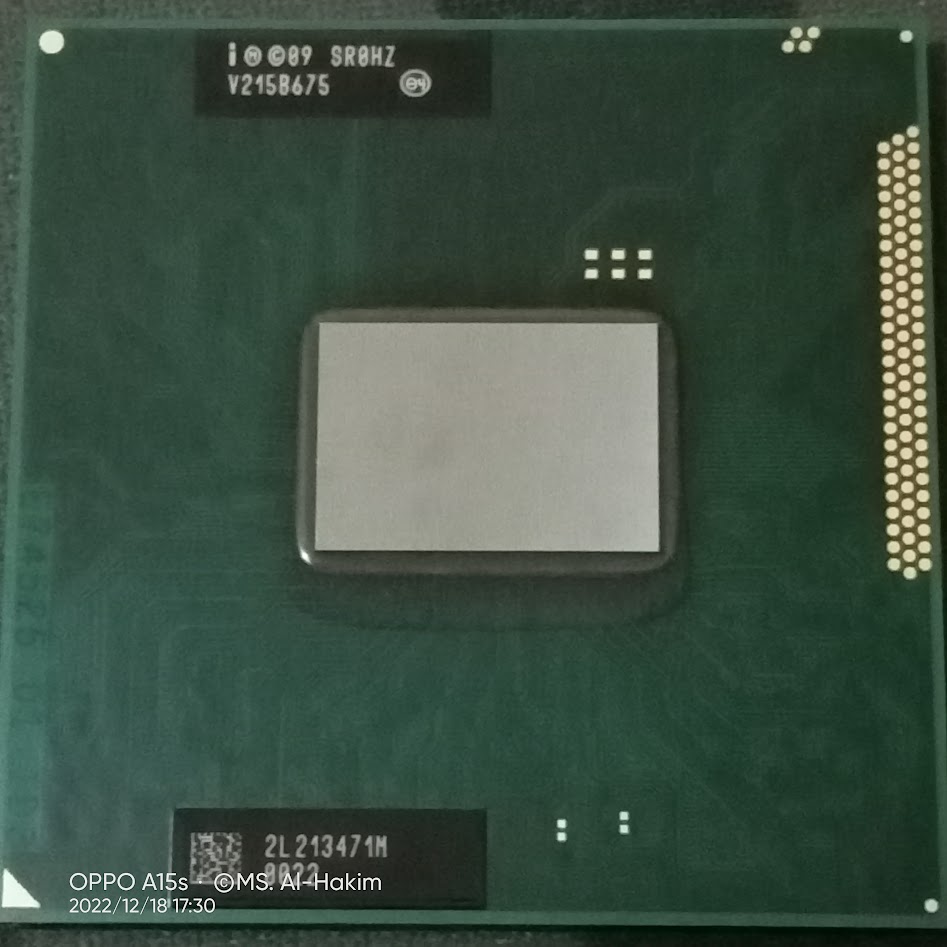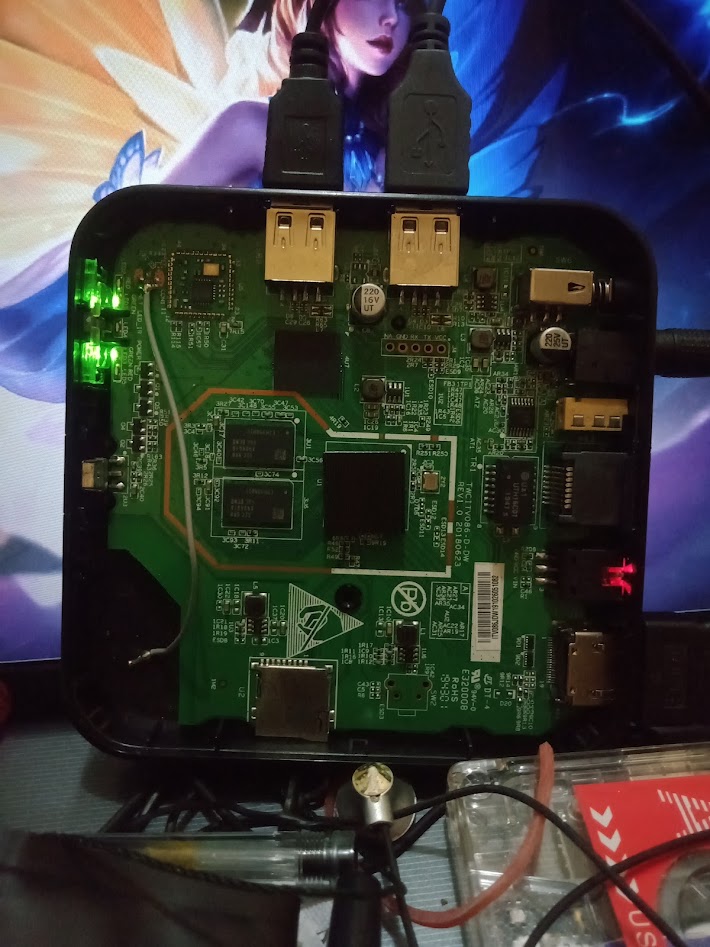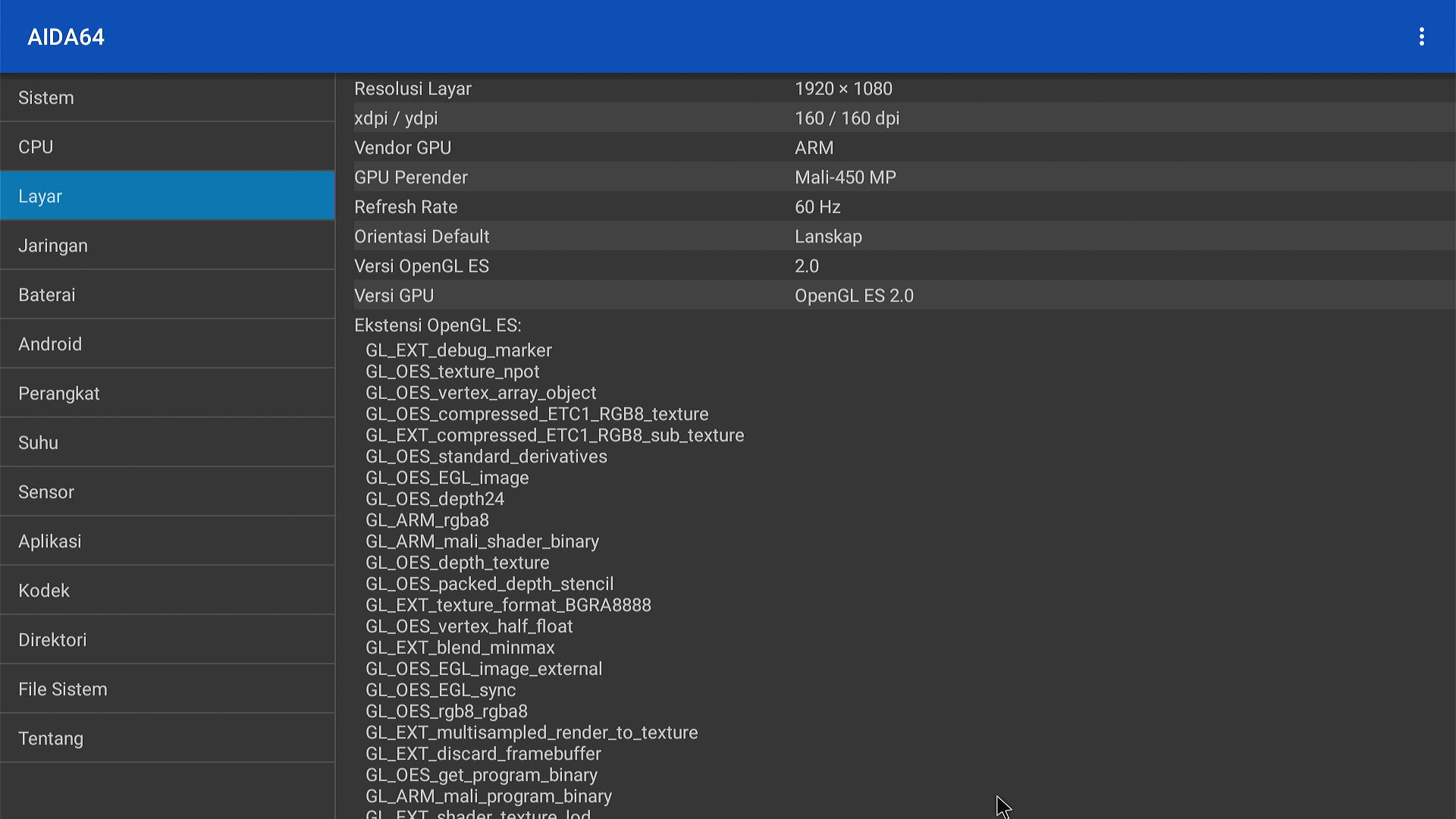Comparing: Intel HD Graphics Mobile (Sandy Bridge) vs ARM Mali-450 MP
In this comparison, we analyze two Videocards: Intel HD Graphics Mobile (Sandy Bridge) and ARM Mali-450 MP, using synthetic benchmark tests to evaluate their overall performance. This side-by-side comparison helps users understand which hardware delivers better value, speed, and efficiency based on standardized testing. Whether you're building a new system or upgrading an existing one, this benchmark-driven evaluation offers valuable insights to guide your decision.

Intel HD Graphics Mobile (Sandy Bridge)
| Type: | Videocards |
|---|---|
| Brand: | Intel |
| Model: | HD Graphics Mobile (Sandy Bridge) |
Specification Comparison Table
This specification comparison presents technical details of several devices or components to help you understand the key differences between each option. Use this table as a reference to determine which device best suits your needs.
| Specification | Intel HD Graphics Mobile (Sandy Bridge) | ARM Mali-450 MP |
|---|---|---|
| Architecture | Sandy Bridge | Utgard |
| Codename | Sandy Bridge GT1 | Utgard |
| Buswidth | - | SHARED |
| Clock | 650 MHz - 1050 MHz | 700 MHz - - |
| Memory Clock | SHARED | SHARED |
| Technology | 32 nm | 28 nm |
| Interface | IGP | IGP |
| Technology | 32 nm | 28 nm |
| Segment | Laptop | Mobile |
Submission Comparison Table
This submission comparison table displays the number and details of benchmark data submissions from various devices or components. This information helps you understand the performance based on the benchmarks that have been tested, as well as providing an overview of the consistency and popularity of the available benchmark results.
Submission Comparison Chart
This chart visualizes the benchmark scores comparison between two hardware devices based on submitted data.
Media Gallery
A collection of photos of tested hardware. These images can help you identify the physical form, model, and variant of the hardware in question. These photos are from our own documentation, and if they are not available we may not be able to document them.
About Hardware Intel HD Graphics Mobile (Sandy Bridge)
Intel HD Graphics (Sandy Bridge) is Intel's second generation integrated GPU, present in processors such as the Intel Celeron B815, released in 2011. This GPU uses the Sandy Bridge architecture and has between 6 and 12 execution units (EUs) depending on the CPU model. On the Celeron B815, this GPU runs at a base frequency of 650 MHz and can go up to 1.05 GHz through the Dynamic Frequency (Turbo) feature.
Although not designed for high performance, Intel HD Graphics Sandy Bridge brings improvements over the previous generation, including support for DirectX 10.1, OpenGL 3.1, and HD video decoding hardware through Intel Quick Sync Video technology. This allows 720p to 1080p video playback to run quite smoothly, and the low power consumption is suitable for energy-efficient laptops.
However, due to the limited number of execution units and the absence of dedicated VRAM, the graphics performance is only suitable for light tasks such as browsing, watching videos, and using office applications. Light or older games such as Plants vs Zombies, Counter-Strike 1.6, and GTA: Vice City can still be played at low resolutions and minimum graphics settings.
Compared to newer generation integrated GPUs such as Intel HD 4000 and above, the performance of Sandy Bridge HD Graphics is already quite behind. But for an entry-level laptop like SAMSUNG 300E4Z with 4GB DDR3 Dual Channel RAM, this GPU is still worth using as a basic graphics solution in operating systems like Windows 7.
Overall, Intel HD Graphics (Sandy Bridge) on Celeron B815 is a simple yet functional graphics solution for light daily use, especially on older generation laptops that can still be utilized for basic productivity tasks and light entertainment.
Hardware Detail:
Device: SAMSUNG 300E4Z
RAM: 4GB DDR3 Dual Channel
OS: Windows 7
Sunday, 27 November 2022 02:25:40 | Update: 1 month ago
About Hardware ARM Mali-450 MP
ARM Mali-450 MP is a power-efficient GPU designed for entry-level mobile devices, embedded systems, as well as set-top boxes and Android TVs. This GPU is the successor of Mali-400 and brings improvements in terms of graphics processing efficiency, memory bandwidth, and scalability. Depending on the chipset configuration, the Mali-450 MP can have up to 8 shader cores, although in low-end devices only 2 or 4 core versions are usually used.
With support for OpenGL ES 2.0, the Mali-450 is capable of handling user interface (UI) displays, video playback up to 1080p, and running lightweight applications and 2D or 3D games with basic graphics. However, since it is based on a relatively old architecture, its performance is limited to basic use only. Modern games or graphics-heavy applications will most likely lag or be incompatible. Even so, this GPU is still sufficient for light entertainment needs such as YouTube, Netflix, or light emulators in standard resolutions.
One device that uses this GPU is the FiberHome HG680-P, an Amlogic S905X-based TV Box with 2GB RAM and 8GB eMMC 5.1, running on Android 6.0.1 custom ROM atvXperience. With this configuration, Mali-450 MP is used to deliver a simple media center experience, suitable for video streaming and navigation of the lightweight and efficient Android TV interface.
Overall, the ARM Mali-450 MP remains relevant for low-cost devices and basic functions, although it is no longer ideal for heavy applications or modern gaming. This GPU is still found in many older Android TV sets, cheap STBs, and smart displays, where power efficiency and system stability are top priorities.
Hardware Detail:
Device: FiberHome HG680-P
Device Specs: Amlogic S905X, 2GB RAM, 8GB eMMC 5.1, Android 6.0.1 Custom ROM atvXperience
Wednesday, 14 June 2023 04:25:40 | Update: 1 month ago





